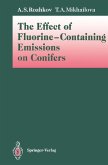
eBook, PDF
6. Dezember 2012
Springer Berlin Heidelberg
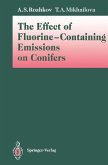
Broschiertes Buch
Softcover reprint of the original 1st ed. 1993
23. Dezember 2011
Springer / Springer Berlin Heidelberg / Springer, Berlin
978-3-642-77052-4
Ähnliche Artikel
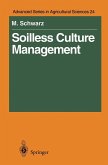
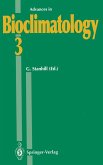

eBook, PDF
29. Juni 2013
Springer Berlin Heidelberg
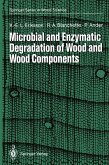
eBook, PDF
6. Dezember 2012
Springer Berlin Heidelberg
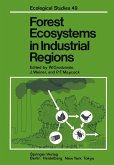
eBook, PDF
6. Dezember 2012
Springer Berlin Heidelberg
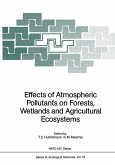
eBook, PDF
29. Juni 2013
Springer Berlin Heidelberg
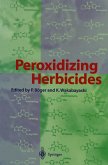
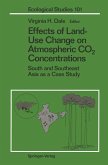
eBook, PDF
6. Dezember 2012
Springer New York
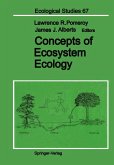
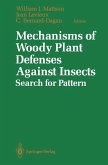
eBook, PDF
6. Dezember 2012
Springer New York
Ähnlichkeitssuche: Fact®Finder von OMIKRON
